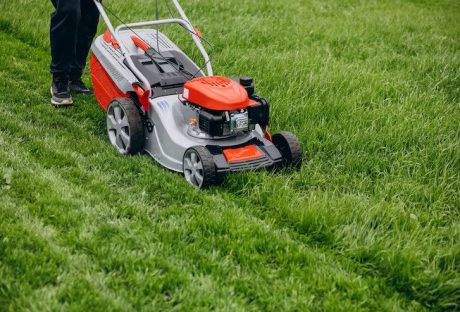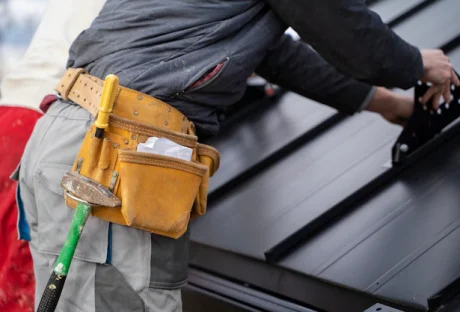When the time comes to move, most people don’t really know where to start and how to pack and move methodically. The worst of all is that they don’t know what to look for when searching for a moving company. How to pick the right company to help you move? After all, it’s not like you do that every day.
That is why we reached out to professionals at Move Central in San Diego. They share some of the points you should look into when choosing your moving company.
Here are Great Tips for Picking the Right Moving Company:
1. Shop Around
Some people are quite satisfied to call a single company, get a quote, and immediately accept the deal and go through with the move. Whereas that might save you some time, it may not be so beneficial for your wallet and your overall experience.
Most experts will tell you that you should shop around. Ask at least 3 companies for a quote with the same parameters and see what each of them offers. Some may be more expensive, but include insurance or wait times as a bonus, whereas others might be cheap, but not offer any additional benefits outside the most basic transportation service.
Once you have your quotes, compare them, determine what your priority is and go for the one which fits your needs the best. If you don’t see what’s out there, you may end up missing out on some perks.
2. Ask Around
Americans tend to move a lot more and more easily than most other nations, including Canada. Whether it is job prospects, climate, or something else, you are much more likely to move upwards of 10 times over your lifetime. That gives you a pretty good advantage when it comes to picking a moving company.
Chances are that you know people who moved recently. Ask your friends, family, or colleagues about their experiences with moving companies. Online reviews are a great resource, but they can only tell you a part of the story. With your friends and family, you can ask about details that may be omitted in an online review.
3. Insured and Licensed Is the Best Way to Move
In order to ensure that your move goes without a hitch and problem, you should only hire reputable moving companies, rather than going for a Craigslist ad or something similar. The reason is simple – reputable moving companies are insured and licensed by The U.S. Department of Transportation Federal Motor Carrier Safety Administration.
Whether you are moving out of state or just looking for a local move, it is easy to check if the company is licensed. A reputable company will certainly promote that and offer proof, but if you want to ensure, there is a website to check that manually.
4. Ask for Some Details
If you have decided on a company that sounds reasonable to you, you can have them come over and give you a quote. This is an ideal opportunity to ask them for details and observe them working. If they don’t seem professional or aren’t sure of what they are doing, it is possible that they are not as skilled as their online ads suggest.
Another big point to remember is that a reputable moving company will certainly have their own moving vans, and likely some uniforms for their workers. That may seem like a small thing, but if the company is serious about the business, they need to be willing to invest in the equipment – in the case of moving companies, it is a moving van, dollies, and similar loading and unloading equipment.
Whatever company you end up hiring, have a great move, and enjoy your new home.
Read Also:






















